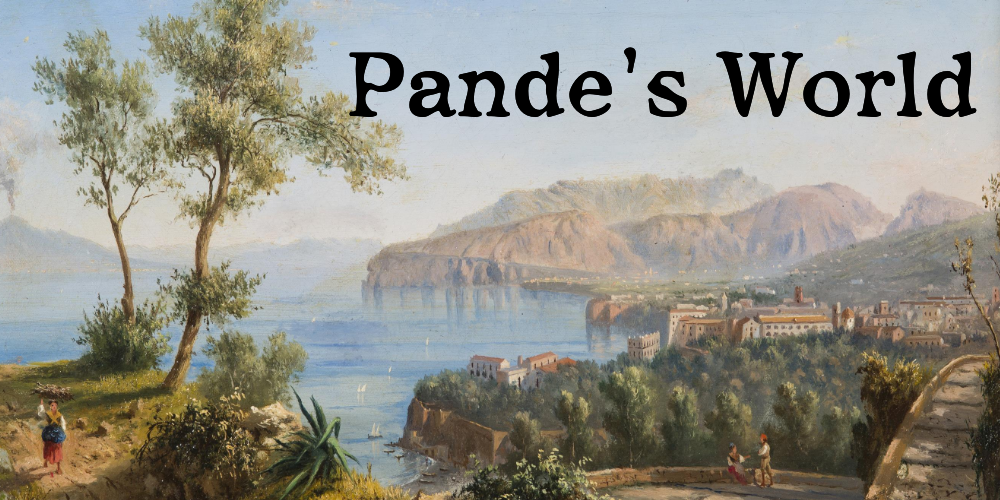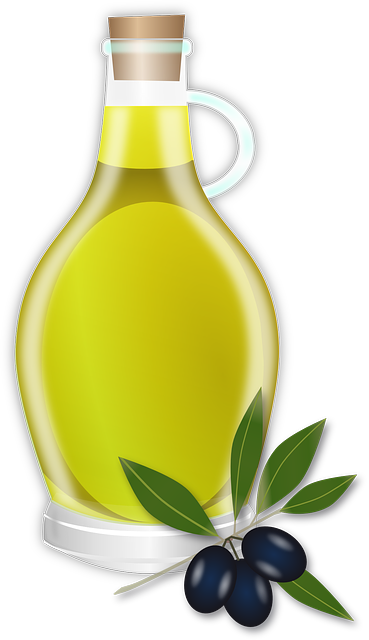Olive Oil
"The finest olive oil from the uplands of Iren, right here. Four thousand amphoras for the never-ending thirst of the great Imperial City, yes? How much? Is that it? This is prime stuff, not any of your unripe rubbish. Are you trying to rob me? What? For the dole? This isn't for the dole, this is for the tables in Atunhill. Yes, now we're talking. Come aboard and we can discuss things."Olive oil is a liquid fat obtained from olives, a traditional tree crop of the Inner Sea, produced by pressing whole olives and extracting the oil. It is commonly used in cooking, for frying foods or as a salad dressing, in cosmetics and soaps, as a fuel for some oil lamps, and has additional uses in some religious practices The olive is one of three core food plants in Imperial cuisine; the other two are wheat and grapes. Olive trees have been grown in The Empire of Belyos since its foundation almost two thousand years ago. The two Elector States of Archeld and Imbar account for almost half of olive oil production in the Empire, but all states have some oil production. A large percentage of olive oil is shipped to Belyos as part of the dole that every citizen of the city is entitled to.
Properties
Material Characteristics
A slightly viscous, yellow/brown liquid, with its viscosity depending on the quality of the olives used. A delicate smell, easily identified as oil, and a subtle flavour, like the viscosity, dependent on the quality of the olives used.
Origin & Source
Olive oil is produced by grinding olives and extracting the oil. Green olives usually produce more bitter oil, and overripe olives can produce oil with fermentation defects, so for high quality olive oil care is taken to make sure the olives are perfectly ripened.
1) The olives are ground into paste using large millstones for about 30 to 40 minutes. A shorter grinding process may result in a more raw paste that produces less oil and has a less ripe taste, a longer process may reduce the flavour.
2) After grinding, the olive paste is spread on fiber disks, which are stacked on top of each other in a column, then placed into the press. Pressure is then applied onto the column to separate the vegetal liquid from the paste. This liquid still contains a significant amount of water which is then separated by gravity (the oil is less dense than water).
3) Fresh unfiltered olive oil usually has a slightly cloudy appearance, and does not last as long, so if longer term storage or transport is needed, the oil is filtered through layers of thin cloth.
The finest oil is produced from fully ripened olives harvested solely from the apex of the tree, and lightly pressed. Other olives are pressed with a heavier weight, and vary in ripeness. Inferior oil is produced from unripe olives that are stored for extended periods of time until they grow soft or begin to shrivel to become more fit for grinding. Others are left for extended periods in pits in the ground to induce sweating and decay before they are ground. Sometimes, salt and a little nitre are added when oil is stored to enhance its longevity.
History & Usage
History
Olive oil has been used across the Empire as long as the Empire has existed, and it is said that the gods themselves showed humanity the olive trees that grew wild across the lands of the Empire, and taught them how to cultivate them, harvest their fruits, and create the oil from them. Whatever its origins, olive cultivation quickly spread throughout the lands of the Inner sea, and became an important crop for many farmers. During the days of the old Empire, Imperial Houses coveted their oil production, and quite a few skirmishes broke out either over ownership of suitable land for planting, or to disrupt production and damage profits. After the The Great Schism, the Imperial throne took more care to ensure that the supply of oil was less disrupted.
The Sakamohr neglected olive cultivation during their occupation of the southern parts of Imperial lands, preferring instead to make butter and cream from their cattle herds - a practice seen as uncultured by the Imperials. When the Sakamohr were finally expelled, some butter and cream manufacturing remained amongst the Imperial peasants who had managed to survive in the area, but this seen as a regional oddity, as opposed to anything substantial.
With the reunification of the Empire under Til-Yaltur, a lot of the lands in the south that had been desolate for so long began to be recolonised, and the prime olive growing regions soon regained their status. Production of oil to provide the insatiable needs of the rapidly growing city of Belyos saw a fixed price for oil being introduced, and a standardised container for its transport. Whilst production in the south has yet to match that at the height of the Empire, the north has picked up the slack.
Everyday use
Olive oil is an important cooking oil in the Empire, and it forms one of the three staple food plants of Imperial cuisine, the other two being wheat (as in pasta, bread, and couscous) and the grape, used as a dessert fruit and for wine. The oil is mostly used as a salad dressing and as an ingredient in salad dressings, but is also used with foods to be eaten cold. Lower quality olive oil is used in frying and sautéing, as it has less of a tendency to smoke at high temperatures. Different regions of the Empire insist that their oils have distinctive flavours and properties, and should be used for specific things, but for the vast majority of Imperial citizens, especially those in Downside of Belyos, it all goes down the same way.
As well as in cooking, olive oil is used as a fuel in lamps, as a lubricant in machinery, and often as a basis for medication, particularly skin creams and ointments. Some claim it has contraceptive properties, but this is not borne out by fertility rates. Several temples also use olive oil toanoint
Type
Organic
Color
Light to dark yellow/brown
Boiling / Condensation Point
299 °C
Melting / Freezing Point
− 6.0 °C
Remove these ads. Join the Worldbuilders Guild





Comments